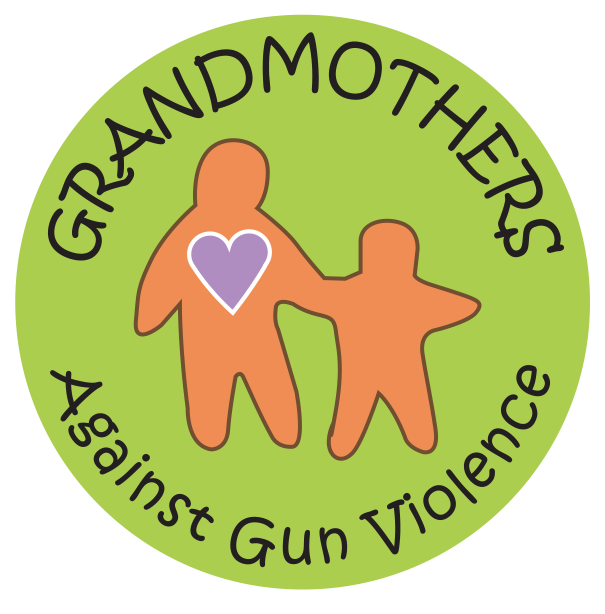
What can you do?
. . . to help those affected directly or indirectly by gun violence
. . . to get actively involved in working to reduce the problem
. . . to take meaningful steps to address the many issues related to gun ownership
-
Below are links to articles that provide support for how to handle questions, fears, and strategies after events frightening to children and their families.
An Age-by-Age guide to Talking to Children About Mass Shootings – a NY Times article from the Family section, dated May 25, 2022 (Subscription needed to view.)
“Helping Children with Tragic Events in the News” – PBS page from Fred Rogers Productions about how to talk with children about difficult issues
“Talking to Kids About School Safety” – this link is from Mental Health America, a community-based national nonprofit focused on mental health issues
“Know the Signs: You Can Prevent Gun Violence and Other Harmful Acts” – program from Sandy Hook Promise of potential warning signs that someone may be in crisis and considering taking dangerous action.
-
Be SMART - The Be SMART framework, developed by the national Everytown Network, is designed to help parents and adults normalize conversations about gun safety and take responsible actions that can prevent child gun deaths and injuries. This program is used in schools and emphasizes the importance of safe storage.
Lock-it-Up – practicing safe gun storage, sponsored by the Washington State, King County Dept. of Health. Brochure in multiple languages. Children’s Hospital in Seattle, WA also offers free locks as part of safety and injury prevention efforts.
-
VOTE! Voting is the best way to influence who makes decisions about gun laws.
In Washington State you can use the State Legislature District Finder site to find the contact information for your state senator and representatives.
-
The Trace – A free online news source that explains issues and challenges regarding gun violence.
Fact sheets from the Brady organization about topics related to gun safety, including but not limited to Extreme Risk Protection Orders (ERPOs), also known as “red flag” laws; mental health issues for survivors of gun violence; high-capacity magazines; and US suicide rates which are 61% of all gun deaths.
-
These links are to partner groups of Grandmothers Against Gun Violence. They are all are actively involved in ways to address many issues related to gun safety and gun violence in our communities. Each group’s logo is a link to its homepage.
